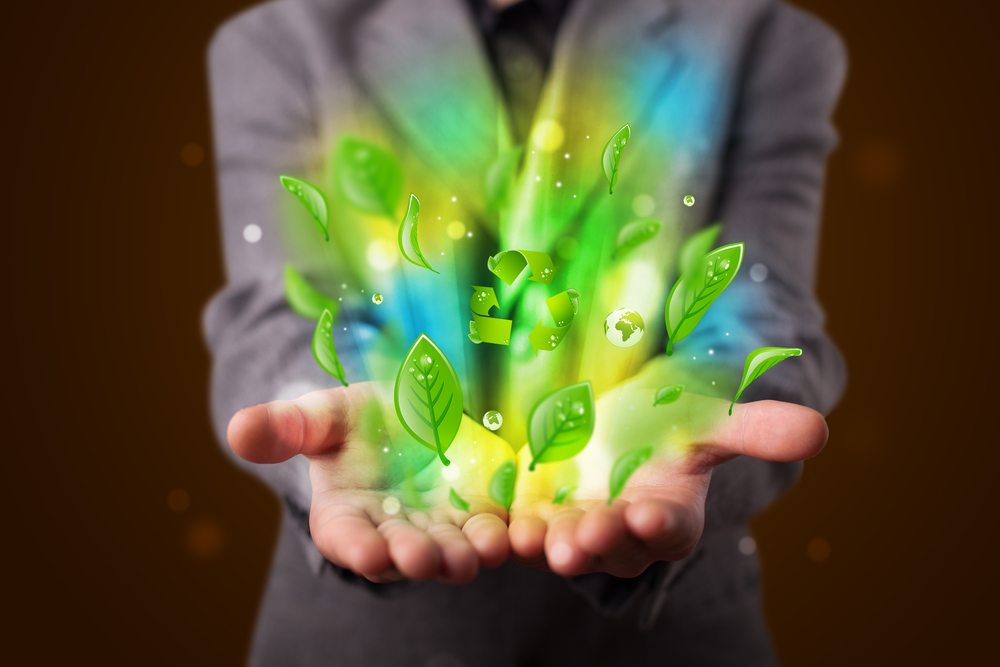CO2 Backstory 1.2
CO2 is Part of the Solution
Recycled CO2
The human part of the Earth’s carbon cycle comprises our societal and industrial activity - our so-called carbon footprint. This issue has fostered a contentious and controversial global debate regarding the connection between increasing human-based CO2 emissions and alleged global warming. It is noteworthy that based on analysis of polar ice and sediment core samples dating back millions of years, the Earth was much warmer and richer in atmospheric CO2 (and plant life). In a relatively recent geological past, absent most modern humans and all industrial activity, atmospheric levels of CO2 were nearly 18x higher than today, 7,000 ppm compared to 400 ppm, and vast green forests and jungles flourished across the planet. In fact, the current atmospheric levels of CO2 are much less than optimal for healthy plant growth [6].



